11 Surprising Benefits of Art for Blind Children
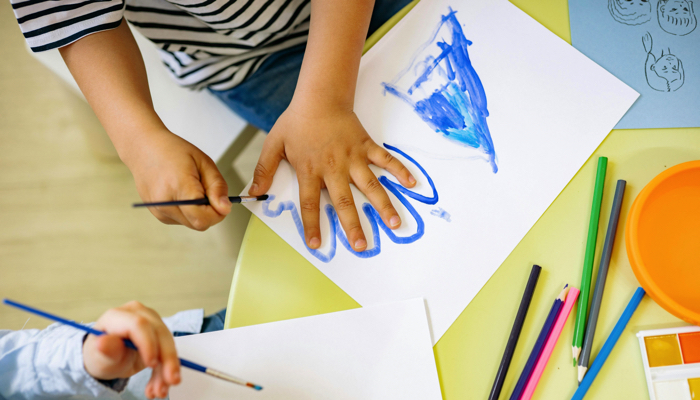
Both parents and educators sometimes limit kids who are blind by assuming some activities are just not accessible. Can a blind child ride a bike, go surfing, or repel down a church steeple? The answer is yes to all three, actually!
Visually based art projects are also completely accessible to kids who are visually impaired, although you may have to adjust the medium to make it more interesting. Tactile art is the perfect way to introduce your blind child to artistic expression, and there are multiple surprising benefits as well!
1. Cognitive Development
Engaging in tactile art projects enhances cognitive development by promoting critical thinking, problem-solving, and decision-making skills. It enables children to understand different shapes, sizes, and textures, improving spatial and environmental awareness, which are necessary skills for kids learning orientation and mobility.
2. Sensory Integration
Tactile sensitivity is common in young kids who are blind and art projects can help reduce sensitivity to different textures and temperatures, contributing to overall sensory development. We also love the idea of a sticky box (a sensory kit filled with a variety of textures) to help kids overcome tactile sensitivity.
3. Emotional Expression and Regulation
Art activities can be an outlet for expressing emotions and thoughts, helping children convey their feelings and experiences. This emotional expression can aid in emotional regulation and mental well-being. Another fun way to explore emotions is with a feelings wheel.
4. Enhanced Motor Skills
Manipulating art materials helps develop fine motor skills and dexterity, which are crucial for performing daily tasks, including reading braille!
5. Boost Confidence and Self-Esteem
Completing art projects provides a sense of accomplishment and fosters a positive self-image, boosting self-esteem and confidence in visually impaired children.
6. Social Skills and Communication
Art activities often encourage collaboration and interaction, promoting the development of social skills, communication, and teamwork among kids. Consider working on large group projects in a classroom or even in your neighborhood!
7. Creativity and Imagination
Exploring different textures stimulates imagination and encourages creativity, allowing children to investigate new ideas and possibilities.
8. Literacy Skills
Tactile art activities, especially those involving braille or textured representations of letters and words, can enhance literacy skills and familiarize children with different symbols and letters. Kids love learning about themselves, so incorporate art projects that include their name or the first letter of their name.
9. Increased Independence
Tactile art helps refine touch and spatial awareness, which are essential for interacting with the environment and increasing your child’s ability to move about on their own. Mastering new skills through art projects can also empower visually impaired children and contribute to a greater sense of independence and self-sufficiency.
10. Enhanced Memory and Concentration
The multi-sensory experience provided by tactile art can aid in memory retention and improve focus and concentration, essential components of learning and development.
11. Therapeutic Benefits
Tactile art activities can also have a therapeutic effect, helping to relieve stress and anxiety, and can be particularly beneficial for children with additional needs or mental health concerns.
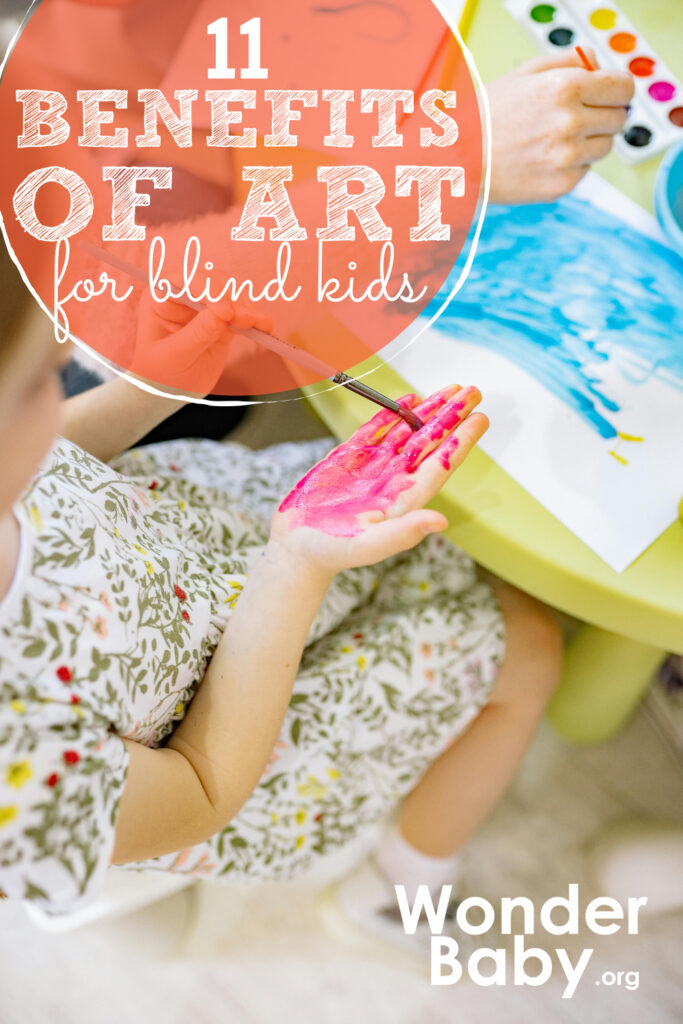
Related Posts
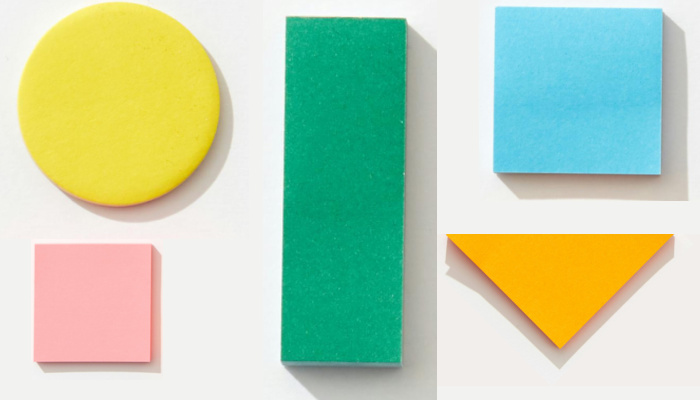
Tactile Arts and Crafts, Visual Impairment
Using Origami to Teach Blind and Low-Vision Students Basic Shapes
If, like me, you have wondered why it is important for young students to learn about shapes, here are just a few reasons. Teaching shapes in early education provides children...
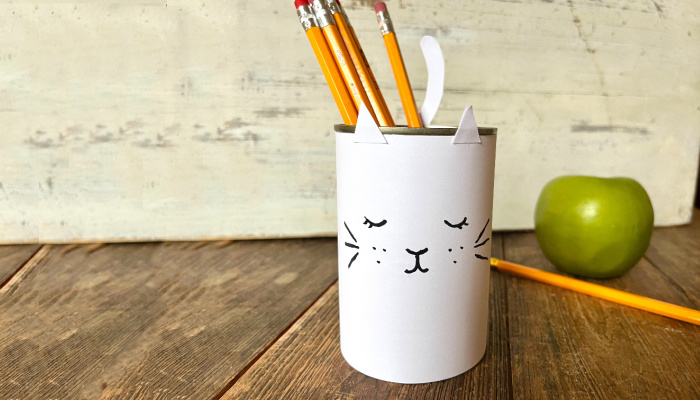
Tactile Arts and Crafts
Cat Pencil Holder Craft
Get organized for back-to-school with this adorable Cat Pencil Holder Craft. All you need is an empty can and some basic craft supplies.
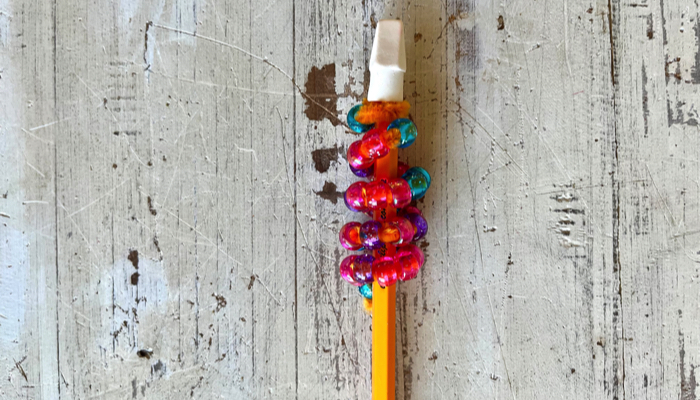
Tactile Arts and Crafts
Bouncy Pencil Topper Craft
Pencil toppers make writing more fun. This Bouncy Pencil Topper Craft is perfect for students needing extra tactile input.